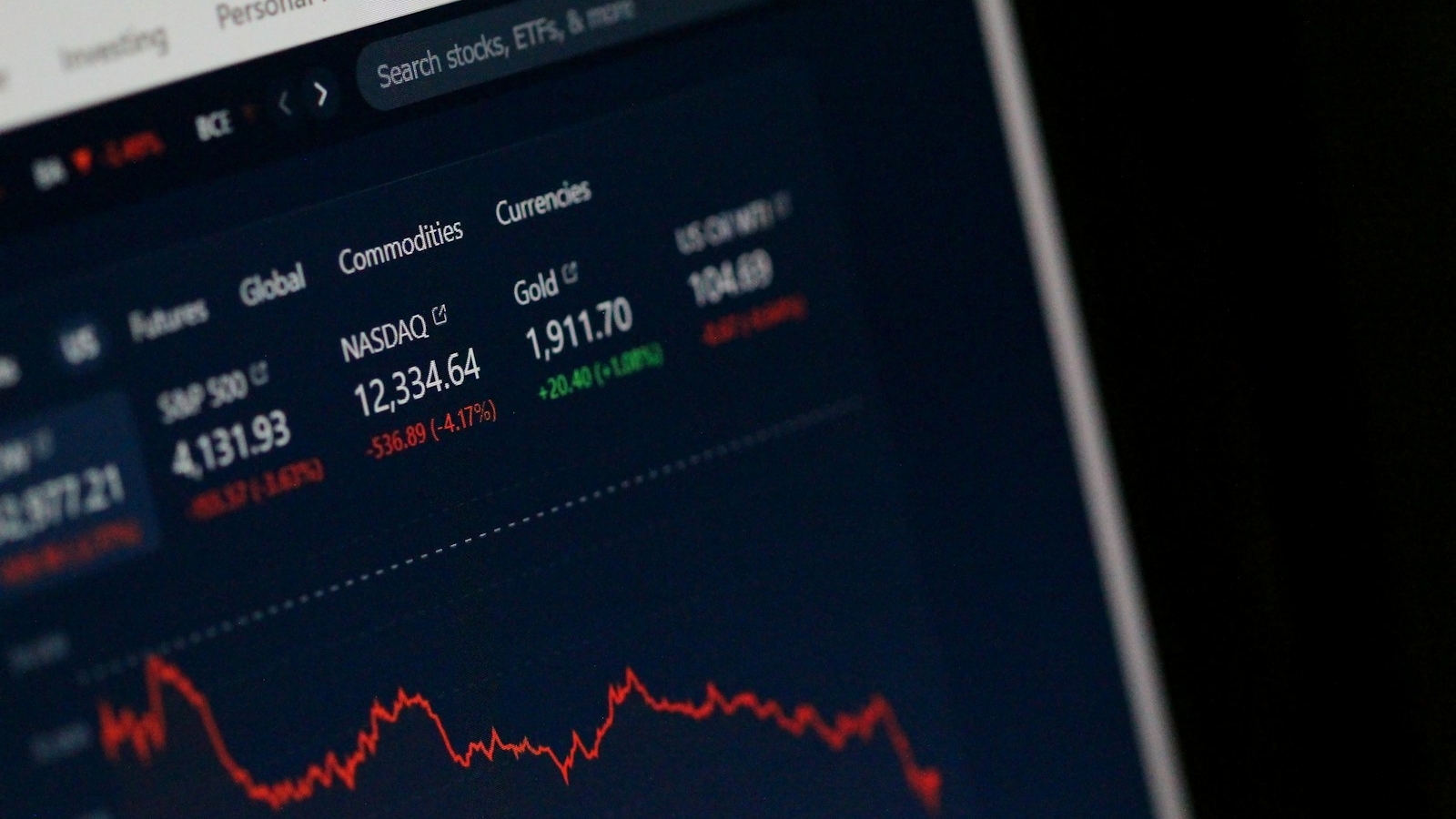In today’s competitive hospitality industry, making informed revenue decisions is crucial to a hotel’s success. Whether you’re managing a small guesthouse in Mumbai or a luxury resort in Hawaii, staying ahead of the curve in understanding market trends can directly impact your revenue and profitability.
The travel and hospitality sector is influenced by a variety of market forces—ranging from economic conditions and consumer behavior to seasonal changes and technological advancements. In this blog post, we’ll explore how market trends shape hotel revenue decisions and provide actionable insights for hoteliers to optimize their pricing strategies, occupancy rates, and overall revenue.
What Are Market Trends in the Hotel Industry?
Market trends in the hotel industry refer to the evolving patterns and shifts in the broader travel and tourism landscape that impact hotel bookings, demand, and pricing. These trends can be driven by a range of factors including economic cycles, demographic changes, social trends, technology, and global events (like the COVID-19 pandemic).
Understanding these trends allows hotel managers to make strategic revenue decisions that align with guest expectations and market demand. Here’s a look at some of the key market trends that have a significant influence on hotel revenue decisions.


1. Seasonality and Demand Fluctuations
Seasonality is one of the most significant market trends that affect hotel revenue decisions. Travel demand varies greatly depending on the time of year, holidays, local events, and weather conditions. Hotels must adjust their pricing, inventory, and marketing strategies accordingly to optimize revenue throughout the year.
Key Insights:
- Peak Season: During high-demand seasons, such as summer holidays or festivals, hotels can raise their room rates to maximize revenue.
- Off-Season: During low-demand periods, it’s important to offer promotions or discounted rates to maintain occupancy. Offering packages or targeting niche markets like business travelers or long-term stays can help boost occupancy during these times.
- Shoulder Season: These transitional periods between peak and off-season can be an excellent time to offer dynamic pricing strategies, with moderate discounts to attract guests.
Tip: Use a Revenue Management System (RMS) to forecast demand based on seasonal trends and adjust room pricing and availability accordingly.
2. Changing Consumer Preferences and Behavior
As consumer preferences evolve, hotels must adapt to meet new expectations. Shifting behavior, such as an increased desire for sustainable travel or remote work-friendly accommodations, directly affects hotel revenue strategies.
Key Insights:
- Sustainable Travel: Travelers are increasingly prioritizing eco-friendly and sustainable travel options. Hotels can cater to this demand by offering green initiatives, such as reducing water usage, providing eco-friendly amenities, or obtaining sustainability certifications.
- Workation and Remote Work: With the rise of work-from-home arrangements, more people are opting for “workations” — a blend of work and leisure. Hotels that cater to this demand with work-friendly amenities (high-speed Wi-Fi, meeting rooms, and quiet spaces) can attract long-term bookings.
- Experiential Travel: Today’s travelers are looking for more than just a place to stay—they want experiences. Hotels that offer local tours, cooking classes, wellness packages, or unique on-site experiences can command higher rates.
Tip: Stay updated on travel behavior trends by monitoring platforms like Booking.com or Airbnb to identify guest preferences. Tailor your hotel’s offerings to match these demands and target the right guest segments.


3. Technology and Data Analytics
The role of technology in shaping hotel revenue decisions cannot be overstated. Advances in big data analytics, machine learning, and artificial intelligence (AI) are revolutionizing the way hotels set prices, manage inventories, and forecast demand.
Key Insights:
- Data-Driven Pricing: With sophisticated Revenue Management Systems (RMS), hotels can access real-time data to adjust prices dynamically based on market conditions, booking pace, and competitor rates.
- Customer Insights: By analyzing guest data, hotels can offer personalized promotions, recommend room upgrades, and provide targeted marketing campaigns. This leads to improved customer satisfaction and increased revenue.
- Mobile and Contactless Technology: The rise of mobile check-ins, digital room keys, and automated guest services has become a standard in the hospitality industry. Hotels that adopt these technologies can streamline operations, reduce costs, and offer a more convenient guest experience.
Tip: Implement AI-powered tools that predict booking behavior and adjust pricing based on market trends. This can help hotels stay competitive and make informed revenue decisions.


4. Global Events and Economic Conditions
Global events—such as natural disasters, economic downturns, or the ongoing recovery from the COVID-19 pandemic—can significantly impact hotel bookings and revenue. Understanding the broader economic climate and global events is essential for adjusting strategies to mitigate losses or capitalize on opportunities.
Key Insights:
- Economic Conditions: During times of economic uncertainty or recession, consumers are likely to cut back on travel. Hotels may need to adjust pricing, reduce costs, and focus on attracting budget-conscious travelers or corporate clients.
- Recovery from Crises: Following global crises like the COVID-19 pandemic, travel demand may rebound faster than expected. Hotels should be ready to scale their operations and raise prices in line with increased demand.
- Local Events and Festivals: International sporting events, festivals, or conventions in the area can increase demand for hotel rooms. Hoteliers should adjust their rates and marketing efforts to take advantage of these spikes in demand.
Tip: Stay informed about global events and economic forecasts by subscribing to travel industry reports and economic newsletters. This helps you prepare in advance and make proactive revenue decisions.
5. Competition and Market Saturation
Competition is a constant in the hotel industry, and market saturation can drive price wars if not handled strategically. Knowing your competition and staying competitive in terms of pricing, service offerings, and guest experience is key to sustaining profitability.
Key Insights:
- Competitor Analysis: Regularly monitor your competitors’ pricing and occupancy rates, and adjust your pricing strategy to remain competitive. This is especially important in markets where supply is growing rapidly (e.g., cities like Bangalore or Dubai).
- Differentiation: In saturated markets, differentiation becomes even more important. Hotels that offer unique features—such as exceptional customer service, curated experiences, or unique architecture—can command higher rates.
Tip: Use a competitor rate tracker to monitor local pricing trends and adjust your pricing accordingly to avoid being underpriced.
6. Short-Term vs. Long-Term Booking Trends
The rise of short-term rentals (like Airbnb) and changing booking patterns have impacted traditional hotel booking behaviors. Today, many travelers book accommodations closer to their check-in date, which can lead to uncertainty in revenue forecasting.
Key Insights:
- Short-Term Booking Patterns: Hotels need to adjust pricing in real-time to account for last-minute bookings. Implementing dynamic pricing and having flexible cancellation policies can help capture last-minute demand.
- Long-Term Stays: On the flip side, hotels can also attract long-term guests—especially those on business or extended vacations—by offering discounted rates for long stays.
Tip: Leverage booking data to understand guest preferences and adjust your strategies for both short-term and long-term stays. This helps maximize occupancy and revenue.



